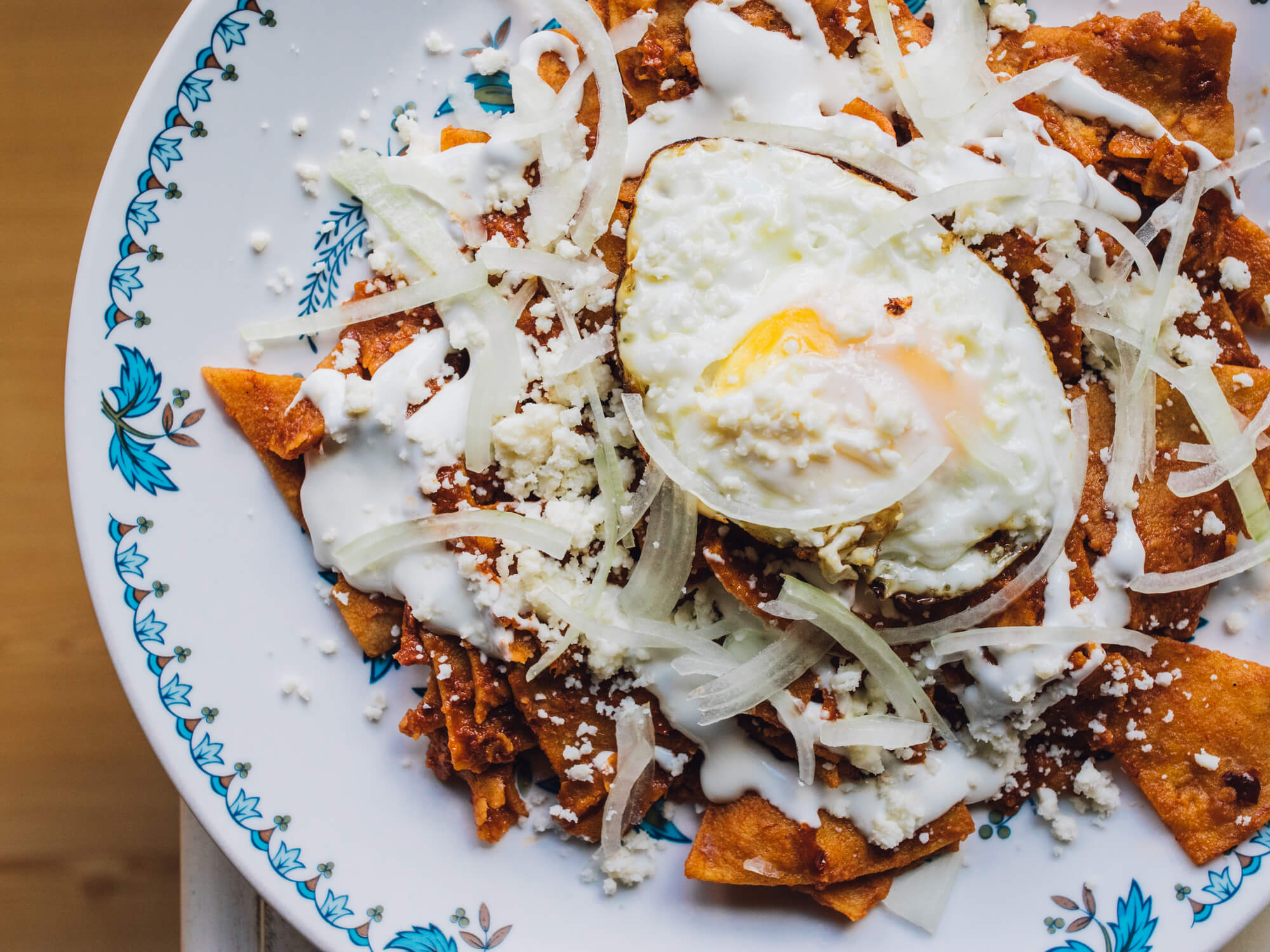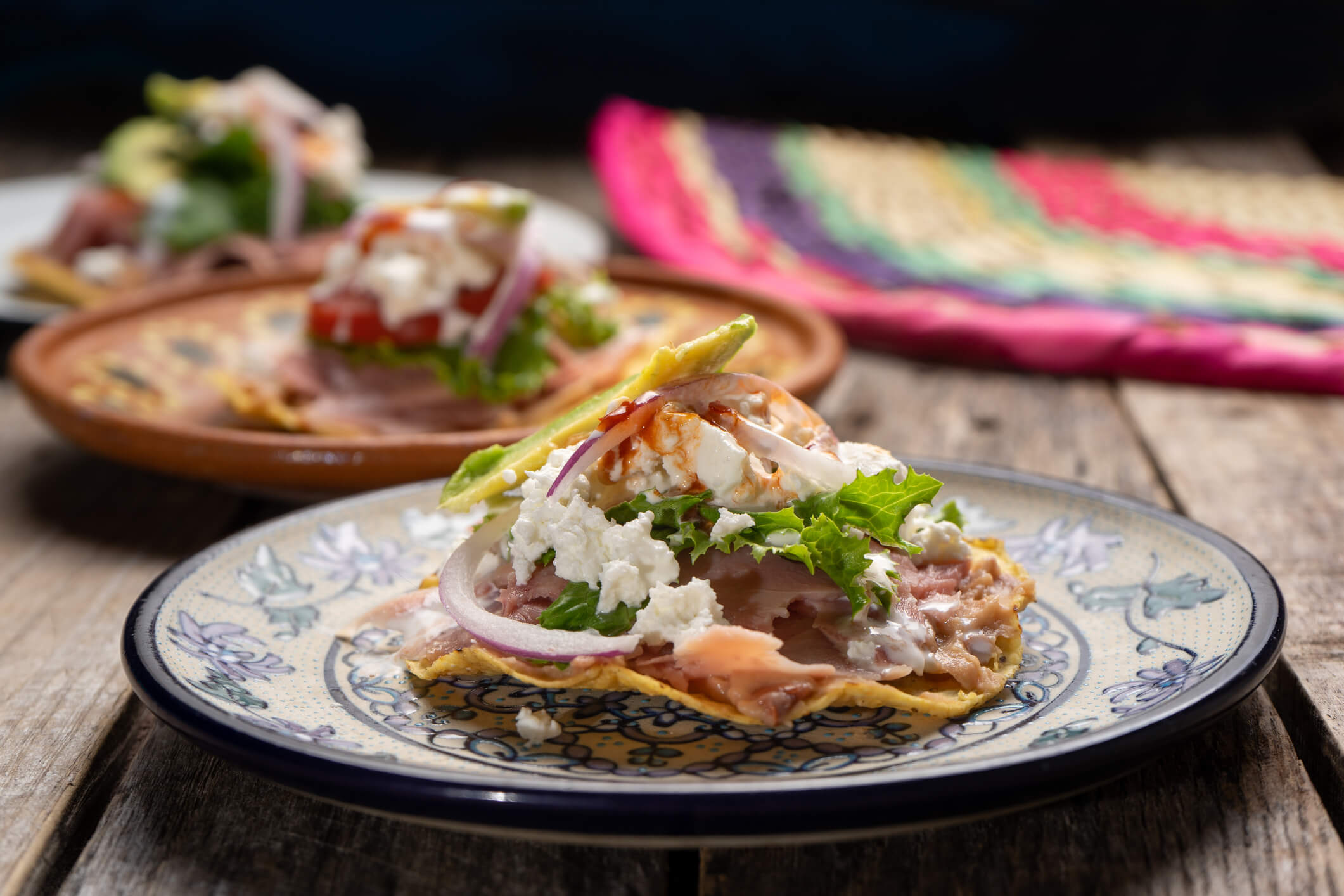Queso Fresco vs Queso Blanco – Are they the same?
Contents
Queso blanco and Queso fresco are both white Mexican “fresh cheeses”. Their appearance, texture and flavor profile are nearly identical and they can be used interchangeably in almost any Mexican dish.
But are they the same cheese?
Let’s learn more about these two popular Mexican cheeses, how they are similar, how they are different and how each can bring out the best in your cuisine.
What is Queso Fresco?
Queso fresco (pronounced KAY-so FRES-koe) literally translates to “fresh cheese”. While this fresh farmer’s cheese is now mass-produced and available in nearly every corner of Mexico, it was introduced to the New World in the early to mid-1800s by Spanish colonists.

Traditionally, Queso fresco could be made from either raw cow’s milk or a combination of cow and goat milk. During the rainy season in Central Mexico, the grass is green and abundant and there is a surplus of cow’s milk to use. During the dry season, the more sturdy goats can be counted on to produce the milk needed for this cheese.
Queso fresco is categorized as a “fresh cheese” and is meant to be consumed immediately without aging. Queso fresco is a simple cheese, without a rind, comparable to farmers or pot cheese. It is quick and easy to make, requiring just a few ingredients and is still commonly made in many Mexican homes.
There is a milky, salty and slightly sour quality to Queso fresco and it is often compared in taste and texture to feta cheese when pressed and firm or ricotta cheese when left soft and spreadable.
Queso fresco, like all Mexican fresh cheeses, will soften when heated, but not lose its shape. Generally used to finish hot savory dishes at the end of cooking, it will not run or become stringy but the cheese may release a bit of liquid when heated.
Today, Queso fresco is one of the most commonly used cheeses in Mexican cuisine. It is widely available all over Mexico and becoming more and more popular in the United States. While the cheese was traditionally made from raw milk, the Queso fresco you find in supermarkets will be made from pasteurized cow’s milk and should be considered safe to ingest.
The crumbly nature of Queso fresco makes it a popular topping for any number of dishes such as beans, esquites (street corn), salads and casseroles. It is commonly used as part of the filling for chiles relleños, enchiladas, and burritos or used to finish off a dish with a touch of creaminess.
What is Queso Blanco?
Queso blanco (pronounced KAY-so BLAHN-koe) is a traditional “bag cheese” made from 100% whole cow’s milk. Queso blanco is a simple farmer’s cheese that is hung in a cheesecloth bag, allowed to drain for several hours and then lightly pressed into a round. The cheese is meant for consumption the same day or within the week that it is made.

Because Queso blanco requires just a few easily found ingredients – milk, vinegar or lime juice and salt – it is very commonly made fresh in Mexican homes. The whole process takes just a few hours and the resulting cheese is delicious and fresh.
Queso blanco is slightly tangy and mildly salty and is commonly used as a garnish to add a touch of creaminess to savory dishes such as enchiladas and chiles rellenos. It can be sliced and used in tacos and tortas or grated over esquites. It can also be cubed or crumbled over salads, tacos, sopes, grilled nopales, and beans.
Like most Mexican fresh cheeses, Queso blanco does not melt when heated. This means it can be added to the top of hot dishes and it will not lose its shape and become gooey and stringy like the Mexican melting cheeses. This characteristic means that Queso blanco and be sliced or cubed and then grilled or pan-fried.
Unlike many cheeses, Queso blanco is made without the use of the animal by-product rennet. This means that this cheese is 100% vegetarian-friendly and makes a great meat substitute in many dishes.
While the term Queso blanco has been used to describe any white fresh cheese in many Latin American countries, it really is a unique cheese unto itself. It is easy to find all across Mexico and in major supermarkets in the United States that carry a good variety of Hispanic food items on their shelves.
Queso Blanco vs Queso Fresco
How are Queso blanco and Queso fresco the same or similar?
- Queso blanco and Queso fresco are both white “fresh cheeses”
- Both Queso blanco and Queso fresco are meant to be consumed fresh
- Queso blanco and Queso fresco are mild and slightly salty
- Queso fresco and Queso blanco both crumble easily
- Queso blanco and Queso fresco can both be cubed or sliced
- Neither Queso fresco and Queso blanco melt when exposed to high heat
- Commercially produced Queso blanco and Queso fresco are both made from whole or partly skimmed, pasteurized cow’s milk
How is Queso blanco different from Queso fresco?
- Queso fresco is generally produced using rennet, Queso blanco is not made with rennet
- Queso blanco is vegetarian-friendly while Queso fresco may not be
- Queso blanco may be slightly more acidic and tangy than Queso fresco
- In Mexico, Queso fresco can be made with a combination of goat and cow’s milk, Queso blanco is always made from 100% cow’s milk
Queso fresco and Queso blanco are both widely used in many popular Mexican dishes. These two cheeses are similar in so many of their characteristics that they can easily be used interchangeably in most dishes. The only notable difference between the two is the use of rennet in Queso fresco to initiate the curdling process, therefore, vegetarians will want to choose Queso blanco for their dishes.
Queso fresco and Queso blanco are sold in rounds, wedges or already grated and ready to sprinkle onto your food. Look for Queso blanco and Queso fresco in the refrigerated section of the grocery store where other Mexican cheeses like Queso Panela and Manchego might be found.
If you can’t find them yet in your local supermarket, make a trip to your regional Hispanic market or purchase them online.
